Because Bay Area low-lying sewage treatment plants remain vulnerable to rising sea levels, government regulators told sewage facility managers to “provide a written plan for coping with SLR by the fall of 2021 - or they will be given a plan.” The NBC Bay Area Investigative Unit reached out to 10 “at risk” sewage treatment plants to see those plans. All except one provided extensive documents of their proposals, the cost to address them, and even provided tours of completed work. San Francisco’s Public Utilities Commission replied to the Investigative Unit’s public records request that after a “diligent search for records...no records were found.”
Other sanitary district officials were much more forthcoming about what they’ve already spent, what they’ve built and what they’re planning in the future to combat the rise in bay levels. All agreed seas are rising faster than expected.
“If you can imagine this as a big soccer field, one of the sidelines is set at five foot taller than the other,” said Jason Warner, General Manager of the Oro Loma Sanitary District north of Hayward.
Warner walked along this horizontal levee demonstration project to show NBC Bay Area how it works and how it will help slow the impacts of sea level rise on the sewage treatment plant next door. To the uninitiated observer, what may look like a field of plants and dirt is Warner’s way of protecting his sewage plant from rising seas.
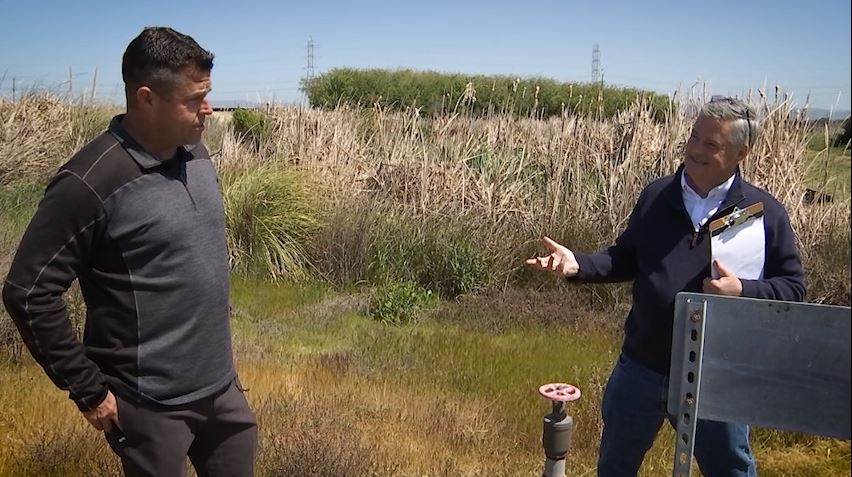
During a tour of the horizontal levee demonstration project at Oro Loma Sanitary District, Jason Warner said, "We wanted to build it so people could come out and look at it and say, yes, this is what I want in my community."
“It took about four years to get the permits to do this and it took about six months to build,” said Warner. “So, the first thing we're trying to do is provide protection from flooding. The second is, as the sea rises, we're going to squeeze all the different wildlife that lives along the edge and to provide a long slope... so wildlife can retreat as seas rise, which is actually how the Bay used to be.”
The horizontal levee looks like a conventional levee turned on its side and stretched out about 100 yards. On the bottom is sediment and soil designed to filter water that comes out of the sewage treatment plant before it enters the bay.
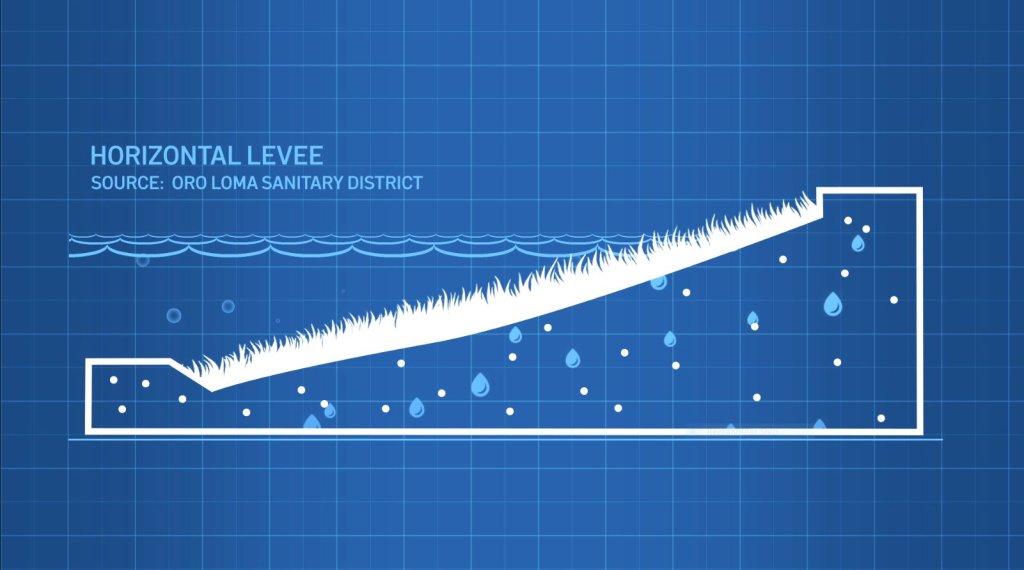
A schematic of the horizontal levee at Oro Loma sewage treatment plant, which facility manager Jason Warner says can purify water, feed local wildlife and protect against storm surge.
“The purity of the water is definitely greatly improved as the water moves through the horizontal levee system, said Angela Steigler, a PhD student at UC Berkeley who studies natural ways to clean sewer water. “So, in terms of sea level rise, this kind of system could definitely work in an area that's susceptible to sea level rise.”
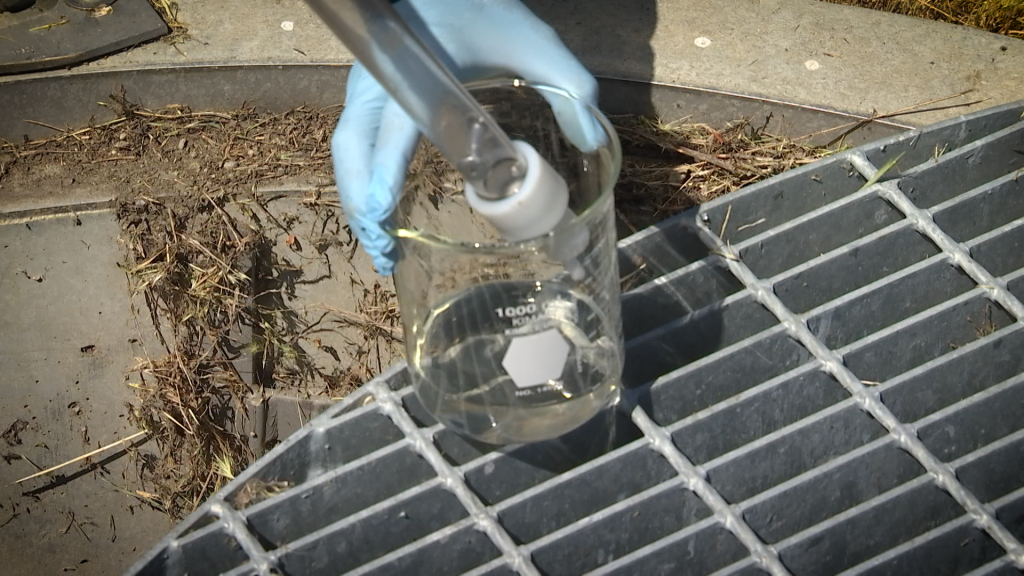
A sample of the water near the horizontal levee is relatively clear. "There's a really diverse microbial community in the subsurface here," said civil engineer, Anna Steigler. "So lots of little microorganisms that live together happily in the subsurface and the horizontal levee, and they're able to break down some chemicals that aren't normally broken down."
At East Bay Municipal Utility District (EBMUD), wastewater director Eileen White has been facing a monumental task to “keep the stormwater in the stormwater system and the wastewater in the wastewater system,” she said.
East Bay MUD is working on repairing its 1,600 miles of leaking pipes because when a big storm comes, the storm water can overwhelm the sewer pipes.
“We're very fortunate at this treatment plant ... we’re higher than (some of the) other wastewater treatment plants in the Bay Area,” said White.
Even so, EBMUD’s plans to protect against sea level rise include, as a last resort, the construction of a mile and a half long, 4-foot-high floodwall at a cost of $140 per linear foot or about $2 million dollars in total.
“We're expected to have about 12 to 15 inches of sea level rise by the year 2050,” White said. “We've adopted design guidelines so...we make sure we raise the electrical equipment up so it won't be impacted by sea level rise.”
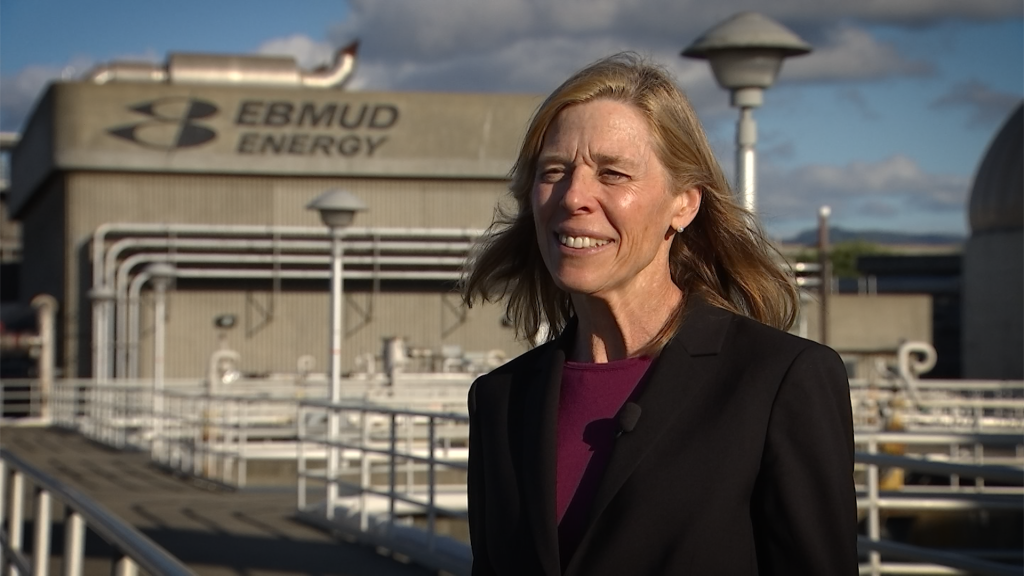
"It's a challenge, but we view challenges as opportunities," said Eileen White, East Bay MUD's Director of Wastewater, as she discussed the thousands of miles of pipes that are leaking. During storms, rain water can seep into the sewers and create backups.
East Bay MUD has already spent about $31 million on mitigation measures to protect against rising sea levels.
In the South Bay, officials with the San Jose-Santa Clara Regional Wastewater Treatment plant gave the Investigative Unit a subterranean tour of its facility. Many of its waste pipes were built deep underground in the last century.
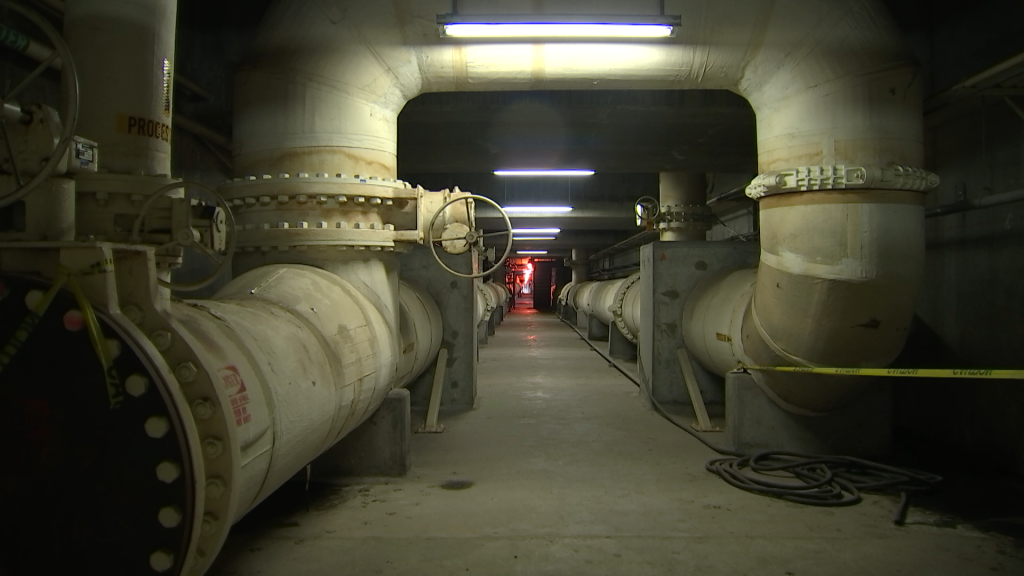
Built deep underground in the 1950s, many of San Jose-Santa Clara's sewer pipes need to be raised up.
“As sea levels rise, we need to start bringing all those pipes up,” said Kerrie Romanow, Director of Environmental Services and Chief Sustainability Officer for the City of San Jose.
The San Jose-Santa Clara sewage treatment plant, which provides sewer service to 1.8 million residents, not only provided written plans for keeping their plant working, they showed off raised building foundations that protect the facility from flooding.
“We have to build a berm around the facility. So obviously we need to protect ourselves from incoming water. We need to build a pump station,” Romanov said.
According to their plan, San Jose expects to spend at least $40.1 million dollars in future SLR mitigation projects.
The most immediate threat from sea level rise here, Romanov said, is where treated water goes into the bay.
“We expect sea level rise to impact where we discharge to the bay in about 2032,” Romanov told NBC Bay Area. “So, we're working to have some systems in place by 2030 (or even) 2028. “
“If we don't take any action our facility will be under water and we won't be able to operate,” said Romanow.
“Everybody’s going to feel it when it comes to actually flushing their toilets,” said Larry Goldzband, director of the Bay Conservation Development Commission.
His agency created an interactive map of how bad flooding could be around the bay – where the sewage plants are located – in less than 10 years.
“It’s going to be a real hard deal for the wastewater treatment plants and all the accompanying pipes to make sure everything flows down the way it’s supposed to,” said Goldzband.
The Investigative Unit reached out to 10 “at risk” sewage treatment facilities – from Benicia and Central Marin in the north to Silicon Valley and San Jose in the south. All provided detailed “survival” plans – except for San Francisco. In response to NBC Bay Area’s request, the city’s Public Utilities Commission wrote, “The SFPUC has conducted a diligent search for records responsive to your request. No records were found. Accordingly, we now consider your request closed.”
While San Francisco could not provide a written plan on how it will protect its sewer system from sea level rise, Anna Roche, Project Manager in charge of sanitation for the SF Public Utilities Commission, agreed to talk about it.
“Nobody knows how quickly sea level is going to rise and I think if you just look back in the past 10 years, what we thought 10 years ago, where we'd be today, we've already blown past that,” said Roche.
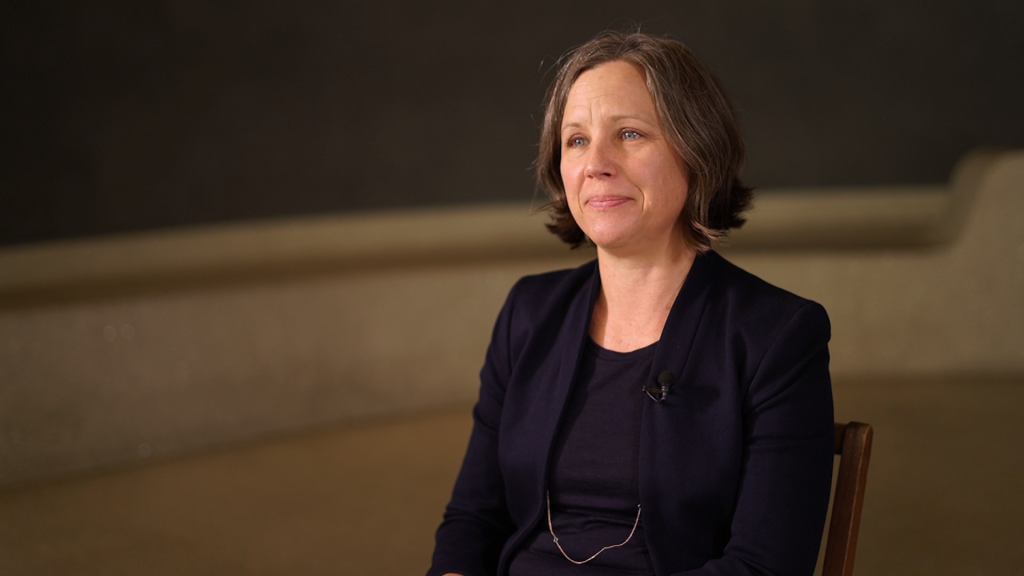
"We have gone through and done an extensive review of our entire system. We know what facilities are at risk," said Anna Roche, project manager for SFPUC.
Asked if there is a plan for what will be done to guarantee sewer service over the next 10 years or 30 years, Roche said, “we have our sea level rise guidance that we follow. We have a sea level rise action plan that the city developed and we're currently working on a climate resilience program that's citywide.”
According to a 2020 update of a report prepared by the SFPUC’s own staff, 15 of 26 city pump stations are vulnerable to sea level rise flooding. Based on the latest California State guidance on SLR, some of those plants could flood as early as 10 years from now.
Two of the three SFPUC sewage treatment plants could be vulnerable to sea level rise floods in less than 30 years, the report says. Because overhauls or relocations of sewage treatment plants can take decades, California Water Board officials told Bay Area sewage plants to submit written proposals on how they will keep their facilities functioning into the future.
“I think it would probably be a combination of several different documents that we would pull together,” said Roche, pointing out that San Francisco’s sewers are located in neighborhoods, and that flood prevention would typically involve the entire area - not just the sewage facility. Roche also noted that the SFPUC cannot operate unilaterally, and must rely on other agencies to move forward, as well as San Francisco’s politicians.
San Francisco does have an overall “asset protection strategy” for future building contracts for all departments. Whether that overall strategy will be enough when the water comes remains an open question.
“Leadership demands forward thinking,” said BCDC director Larry Goldzband. “It demands thinking out 20 to 30 to 50 years. Everybody can agree we have to do something. It's getting everybody to agree what that something is.”
The Link LonkMay 26, 2021 at 07:35PM
https://ift.tt/3wNhIL9
As Sea Level Rise Threat Grows, SF Officials Don't Have Public Plan to Save Sewers - NBC Bay Area
https://ift.tt/2CoSmg4
Sea
/cloudfront-us-east-2.images.arcpublishing.com/reuters/CZF6NULMVVMEXHOP7JK5BSPQUM.jpg)
No comments:
Post a Comment